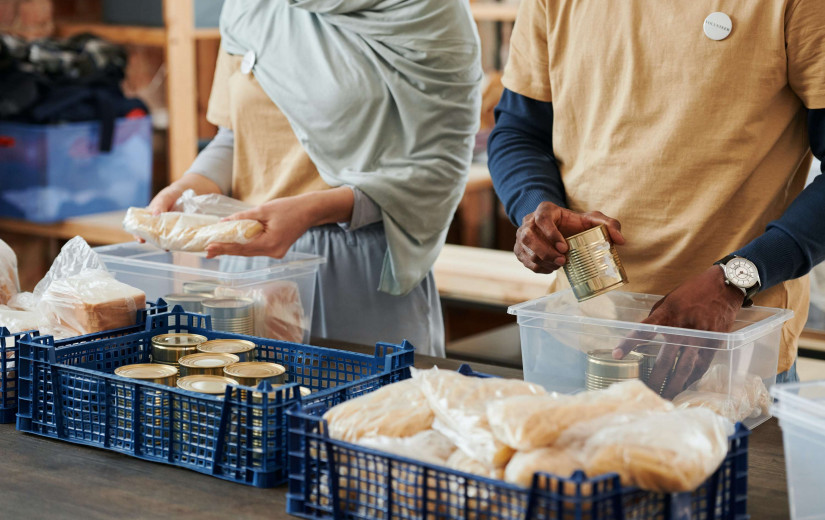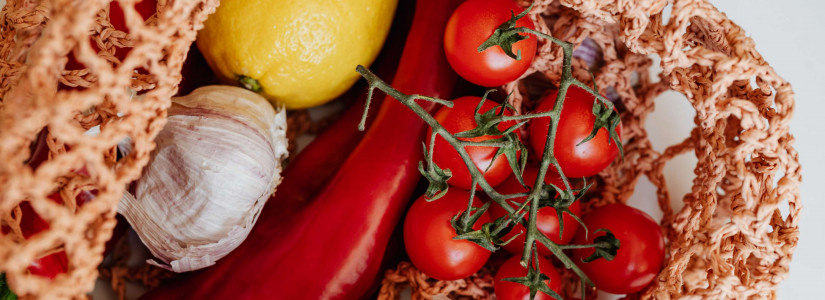Dealing with a Diabetes Diagnosis? Here is How You Can Revamp Your Diet
If you are recently dealing with a diabetes diagnosis, your mind may be spinning as you try to navigate this tricky road. The good news is that there are active steps that you can take to tailor your diet to help to control diabetes. The choices that you make can have a significant impact on how well you are able to manage your blood sugar levels.
Here are a few of the top foods to consider adding to your diet.
Leafy Green Vegetables
The American Diabetes Association (ADA) recommends that you increase your intake of dark leafy vegetables. This non-starchy vegetable is a nutritional goldmine, full of vitamins A, C, E, and K. Foods such as spinach and kale also boast a large amount of calcium, iron, and potassium.
Non-Starchy Vegetables
In addition to dark leafy greens, non-starchy vegetables such as broccoli are another great choice if you are managing diabetes. Emerging research demonstrates that a compound in broccoli known as sulforaphane may work to lower glucose levels in some individuals affected by diabetes. Sulforaphane has also been shown to limit glucose production in cells.
Non-starchy vegetables are also high in fiber. This fiber will help you to feel fuller for longer. The slow-down in the digestion of these types of vegetables naturally reduces normal spikes in blood sugar levels.
Other good non-starchy vegetables to add in abundance to your diet include asparagus, cauliflower, mushrooms, onions, cucumbers, carrots, and tomatoes. In addition to their potential glucose-limiting abilities, these vegetables are also packed full of nutrients and are low in calories and fat.
Fatty Fish
Dieticians routinely recommend that people with diabetes focus on filling about 25% of their plate with lean proteins. One of the best choices to fit this need is fatty fish. Including tuna, salmon, and sardines, this type of protein is rich in omega-3 fatty acids. These acids are extremely beneficial when it comes to reducing the increased cardiovascular disease risk that accompanies a diabetes diagnosis. Additionally, omega-3 fatty acids are also beneficial for the health and function of the heart and the brain.
Other good lean protein sources include skinless chicken, turkey, and eggs.
Whole Grains
You can further keep your blood sugar levels in check by eating a diet rich in whole grains. Although people with diabetes need to be mindful of their carb intake, whole-grain carbs are non-digestible. This means that they do not lead to a spike in blood sugar like some of the more common starches because they are able to pass through the digestive system without causing blood sugar levels to spike.
Good whole grains to add to your diet include farro, oats, quinoa, brown rice, and bulgur wheat.
Nuts
Another great source of lean proteins if you do not want to focus solely on meat is nuts. This plant-based option is a great snack when hunger strikes. Nuts are healthy sources of fiber, fat, and protein. All of these nutrients are beneficial when it comes to slowing down digestion and mitigating the chances of blood sugar spikes. Enjoy a handful of nuts as a snack, sprinkle them on salads, or top your bowl of yogurt with them for added crunch.
Legumes
Legumes are another great food product that delivers a good amount of protein and fiber. Although beans are somewhat starchy, they also contain highly beneficial fiber, iron, magnesium, and potassium. These nutrients help to regulate blood sugar levels. You can go with dry legumes, canned beans, hummus, and more.
Berries
Berries are distinguished as being a fruit that is lower in sugar and bursting with antioxidants. This makes them a good choice in moderation for people with diabetes. It is a good idea to pair your consumption of fruit with a high-protein food in order to reduce the risk of a blood sugar jump. For example, try mixing your fresh berries with a low-sugar yogurt.
There is certainly a lot to consider when handed a diabetes diagnosis. Knowing how to attack your diet can go a long way in helping you to manage this condition and live a normal life. You will feel better if you are able to take charge of what you put into your body and make sound nutritional choices.

















